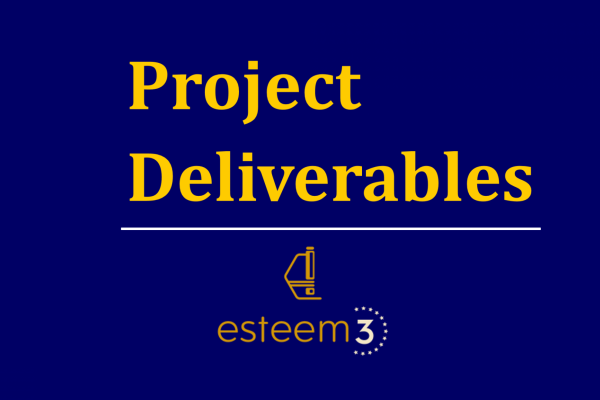Advanced Techniques for Preparing TEM Samples of Structural Materials

This article summarizes the Deliverable 10.4 which discusses different methods and techniques for preparing high-quality, electron-transparent specimens for transmission electron microscopy (TEM) analysis, focusing on structural materials.
The choice of preparation method depends on the material and the specific analysis being conducted. Techniques include electropolishing, ion milling and focused ion beam (FIB) methods.
Introduction
Transmission electron microscopy (TEM) is a powerful tool for studying the microstructure, composition, and properties of materials. However, to perform high-resolution research on the atomic scale, the specimen must be thin and stable under the electron beam and laboratory environment. This can be challenging for structural materials such as steel, which are ferritic, non-conductive, or ceramic materials. This article highlights different techniques for preparing high-quality, electron-transparent specimens for TEM analysis, focusing on structural materials like nickel-base superalloys, Advanced High-Strength Steels (AHSS), titanium-, aluminum-, and magnesium-based alloys.
Key Techniques for TEM Sample Preparation
Focused Ion Beam (FIB)
FIB techniques are versatile for producing thin, electron-transparent specimens from larger samples. FIB can create thin, artifact-free lamellae followed by post-processing.2.
In-situ TEM Investigation
Sample preparation techniques for in-situ TEM analysis involve preparing thin, electron-transparent specimens suitable for heating and other in-situ investigations.
Atom Probe Tomography
Specimens for atom probe tomography are prepared using a combination of electropolishing and FIB techniques to achieve the desired surface quality and zone axis.
Electron Tomography
This method allows for three-dimensional reconstruction of the material's microstructure by acquiring a series of TEM images at different tilt angles.
Fibrous and Powdered Materials
Ion milling is a versatile process that can be used for preparing thin specimens from fibrous and powdered materials.
Gentle Ion Milling and Electropolishing
These techniques help create electron-transparent specimens for TEM analysis, especially for metal alloys that are difficult or impossible to polish.
Conclusions
- It is necessary to remember that good TEM specimen preparation is the basis of good qualitative and quantitative TEM analysis.
- The selection of the preparation method is dependent on the kind of material and the methods and techniques used in TEM analysis.
- To observe the layers or interfaces of coated materials, specimens could be prepared by the sandwich or comparable other methods.
- TEM specimen preparation by FIB is an all-purpose method for most materials and types of TEM analysis.
- Post-FIB processing is required when conducting high-resolution TEM studies ( HRSTEM and HRTEM).
- Correlative multiscale electron microscopy combines two techniques, which are 3D FIB-SEM tomography and detailed TEM investigation – Targeted Sample Preparation gives new possibilities in the qualitative and quantitative phase analysis of the microstructure elements of the structural materials.
Deliverable 10.4 - Report on protocols for sample preparation techniques of materials for transport [PDF, 4.08 MB, not barrierefree]
